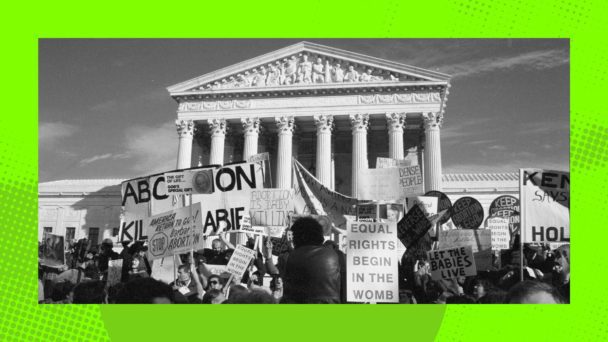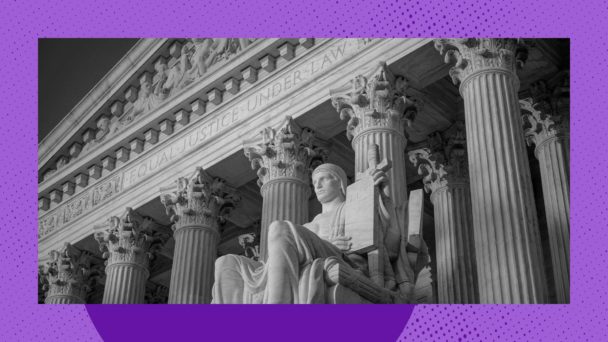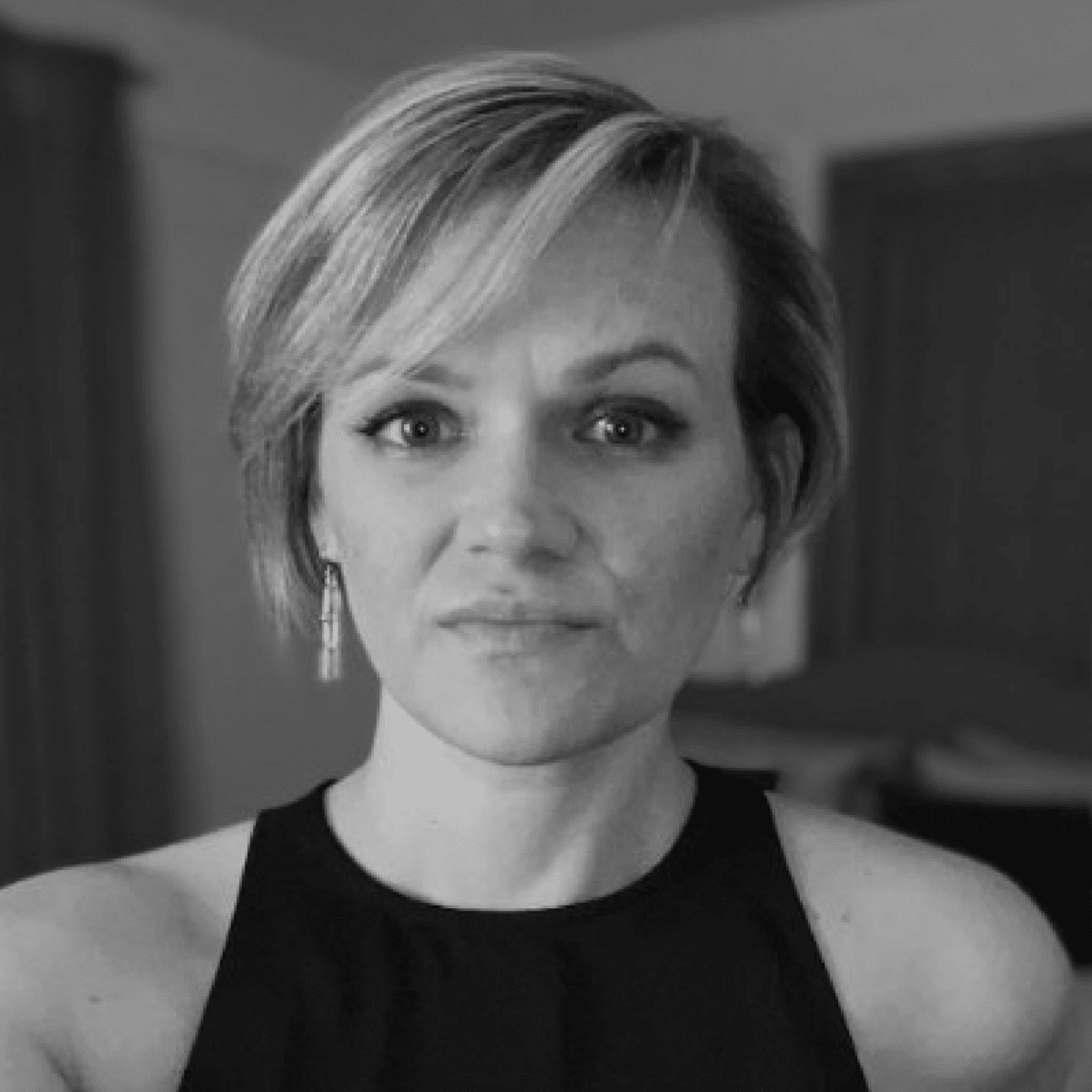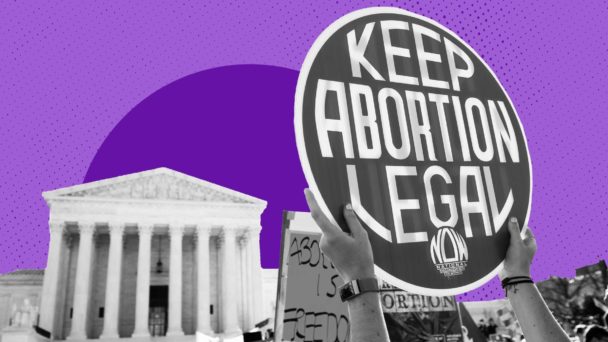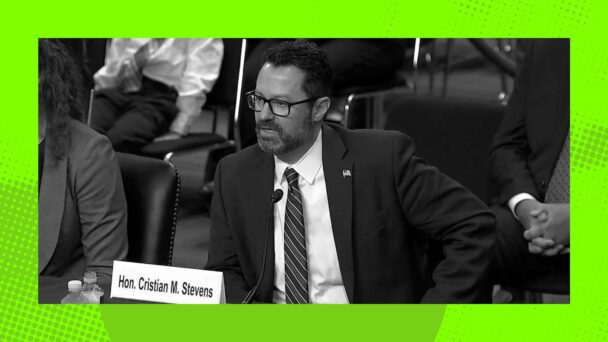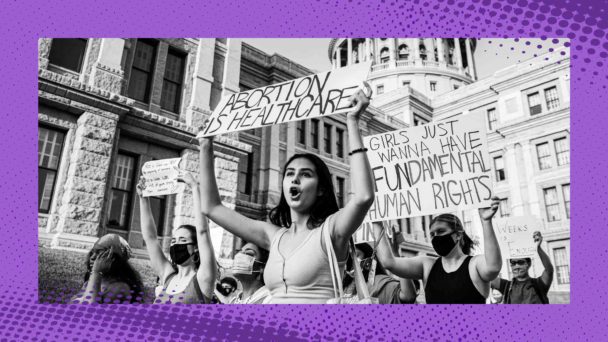John Bursch has a problem on his hands, and it seems he believes a dishonest little blog post directed at Chief Justice John Roberts can help him out of a bind.
Last week, Bursch, the senior counsel for the right-wing Christian legal organization Alliance Defending Freedom, argued before the Supreme Court on South Carolina’s behalf in Medina v. Planned Parenthood South Atlantic. Back in 2018, the state tried to exclude Planned Parenthood from its Medicaid program, which provides services like birth control and STI testing, on the grounds that it also offers abortions, and a patient who got her birth control there sued. But South Carolina claims that Medicaid patients can’t sue states to enforce their right to see a qualified Medicaid provider—meaning the state is arguing that no one can challenge the legality of its decision to bar Planned Parenthood from providing care to low-income residents.
Arguments in the case, which the Court heard on Wednesday, did not go well for Bursch, as observers predicted that both Chief Justice John Roberts and Justice Amy Coney Barrett would vote for Planned Parenthood. So it was not terribly surprising when, on Monday morning, Bursch published an opinion piece in Bloomberg Law titled “Supreme Court Can Further Rule of Law With Latest Abortion Case.” In it, Bursch butters up Roberts as a fair-minded jurist, and tries to frame a decision for South Carolina as being in line with the chief justice’s ethos.
Bursch opens by invoking Roberts’ “judges are like umpires” quote from his 2005 confirmation hearings, in which Roberts described the role of a judge as “to call balls and strikes, and not to pitch or bat.” Bursch claims that Medina “presents another opportunity for the Roberts Court to further the rule of law,” criticizing previous justices who “discovered” rights that allowed people to file federal lawsuits involving Congress’s spending power, and complimenting Roberts for righting the ship. “The Roberts Court has chipped away at those decisions—slowly restoring the courts to their proper place,” Bursch said. The not-so-subtle implication is that if Roberts were to side with the Planned Parenthood affiliate, he would not be as committed to applying rules and laws as he claims.
Bursch goes on to describe the justices as “responsive” to his argument that, in order for private plaintiffs to sue to vindicate their rights, Congress had to spell out such a right “unambiguously” in a statute like the Medicaid Act. He then selectively referred to argument questions that appeared to support his client, but left out different statements suggesting deep skepticism of the state’s position.
In the op-ed, Bursch said that Barrett acted unsure if Congress intended for patients to “litigate the qualifications” of providers that states have excluded. But when Bursch argued in the courtroom that patients can only challenge a Medicaid provider denying care, not the fact that their provider was disqualified, Barrett pushed back. “There’s no mechanism, am I right, for the beneficiary to say, ‘Well, you’re depriving me of my ability—I won’t call it a right, we won’t use the loaded word—but my ability to see the provider of my choice,’” she said.
Contrary to what Bursch writes, Barrett seemed so uncomfortable with his position that she talked about a hypothetical doctor the state excluded for reasons other than medical qualification, saying, “Nobody is disputing that Dr. Jones can provide the services in a competent way.” The hesitation Bursch quoted was about whether patients should be able to sue when providers are disqualified for excessive malpractice suits or violating professional standards—not when they’re kicked out for political reasons.
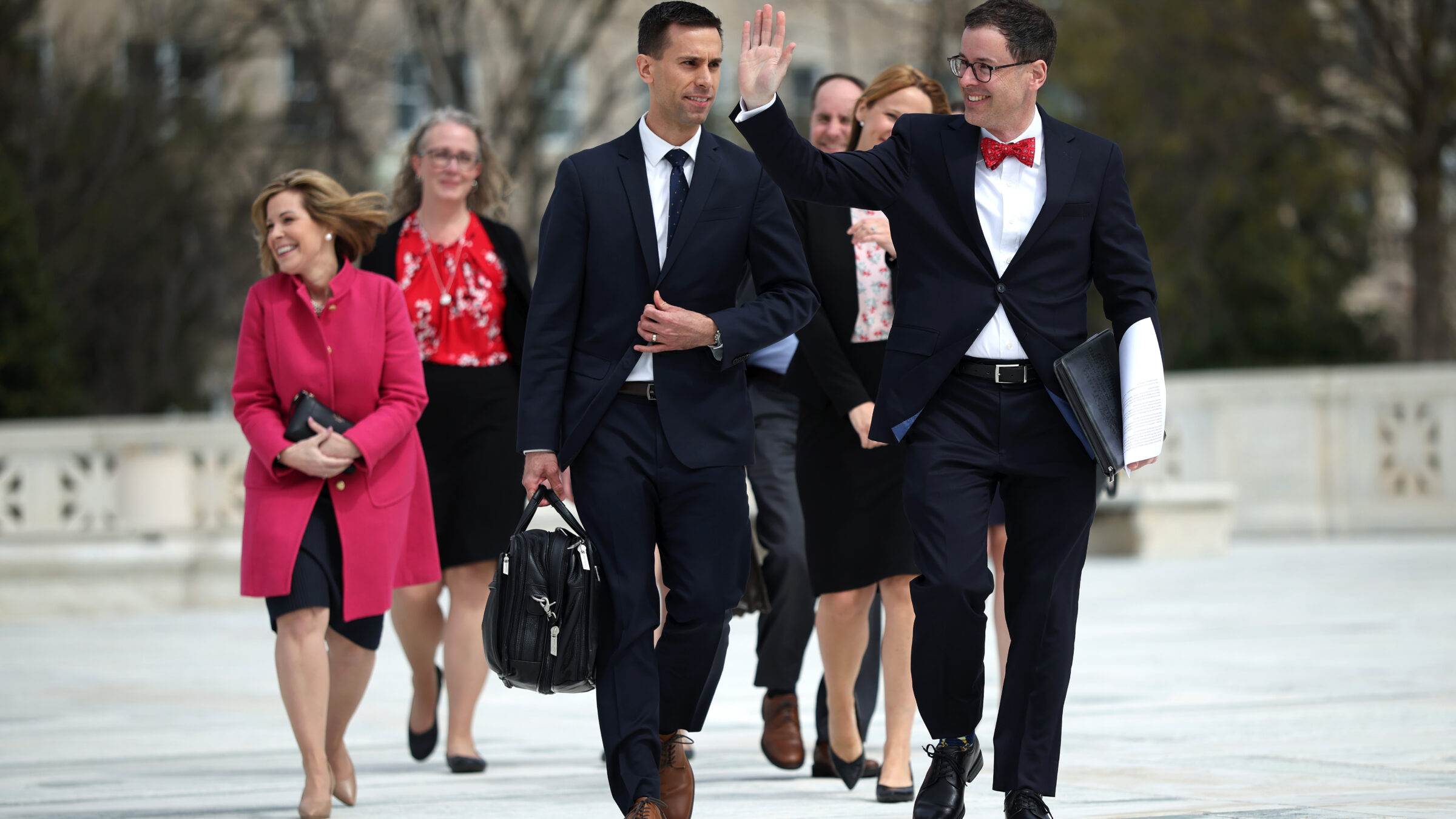
Bursch at the Supreme Court last week (Photo by Kayla Bartkowski/Getty Images)
Notably, Bursch’s op-ed didn’t quote a single thing Roberts said during arguments. That could be because Roberts sounded like the clearest vote for Planned Parenthood. In 2023, the Court ruled in Health and Hospital Corporation v. Talevski that individuals can file lawsuits to enforce conditions of Medicaid law. At oral argument, Roberts showed his hand during a colloquy about lower court judges who are confused about whether Talevski overruled other precedents that weren’t as definitive about Medicaid patients’ rights to sue. “Starting with what we call Talevski step 1, we think it’s pretty clear from this language that it confers rights on individuals,” said Nicole Saharsky, the lawyer arguing for PPSAT. “I mean, if it’s not doing that—like, what is it doing?”
Roberts chimed in. “We could say it again,” he replied, “or we could say, ‘We meant it when we said it.’” The chief doubling down on a decision saying Medicaid patients can sue states does not bode well for Bursch, whose missive doesn’t mention Talevski even once.
Perhaps these two exchanges explain why Bursch decided to cite in his op-ed a February New York Times report on the financial relationship between the national Planned Parenthood organization and its affiliates—and the resulting impacts on patient care—as evidence that the organization ostensibly harms women, and that the state is noble in directing its money elsewhere. Although the national organization raises lots of money for political fights, local affiliates like Planned Parenthood South Atlantic often struggle to keep their doors open amid abortion bans and donor fatigue. Affiliate workers told the Times they face pressure to see as many patients as possible, which has led to mistakes, including errors inserting birth control devices and failed abortions. It’s not clear how many mistakes are made at Planned Parenthood affiliates nationwide, but, for context, they see more than 2 million patients a year.
The Times’s report, however, uses the phrase “botched abortion,” which evokes pre-Roe horror stories of a provider perforating a woman’s uterus, leading to sepsis and death. That’s not what’s happening here, but anti-abortion groups jumped on the story as if it were the nail in the coffin for its claim that the organization should be excluded from Medicaid nationwide because such funding props up this alleged substandard care. The Times reporting is not at all relevant to this case, because the state never argued that PPSAT provides shoddy care—its only reason for excluding the organization was that it offers abortions outside of its Medicaid services.
If patients can’t sue over such a move, the effects would be disastrous, and could spread across the country. Bursch is trying to scare people into thinking that South Carolina and ADF are concerned about patient safety, when what would really happen is about 400,000 women of reproductive age in South Carolina would be banned from getting care at Planned Parenthood. (On the matter of safety, it bears repeating that ADF was instrumental in the Dobbs decision that allowed abortion bans to take effect, and the risk of dying from childbirth is at least 14 times higher than from abortion.)
This dispute is bigger than one state, and bigger than one healthcare provider, as Bursch and his organization undoubtedly know. As Rachel Rebouché, the dean of Temple University School of Law, wrote in The Nation, a “decision for South Carolina will open the door for states to exclude providers, like Planned Parenthood, because of politics and not because of their medical or clinical qualifications.” At oral argument, Justice Elena Kagan noted that states could try to kick out providers that offer gender-affirming care or even birth control simply because they provide those services. ADF would love nothing more than that outcome, as they are on a nationwide crusade to limit access to any form of healthcare that threatens traditional gender roles.
Bursch and ADF would really like a win in this case, and so he concludes by calling it an opportunity for the Roberts Court “to reaffirm its intent to be a court that applies the rules—not one that makes them.” This is a pathetic attempt to change the subject away from what the court should actually reaffirm: Its Talevski decision from just two years ago. Bursch seems to know he lost at oral argument, so he ran to a news outlet for one last shot.

